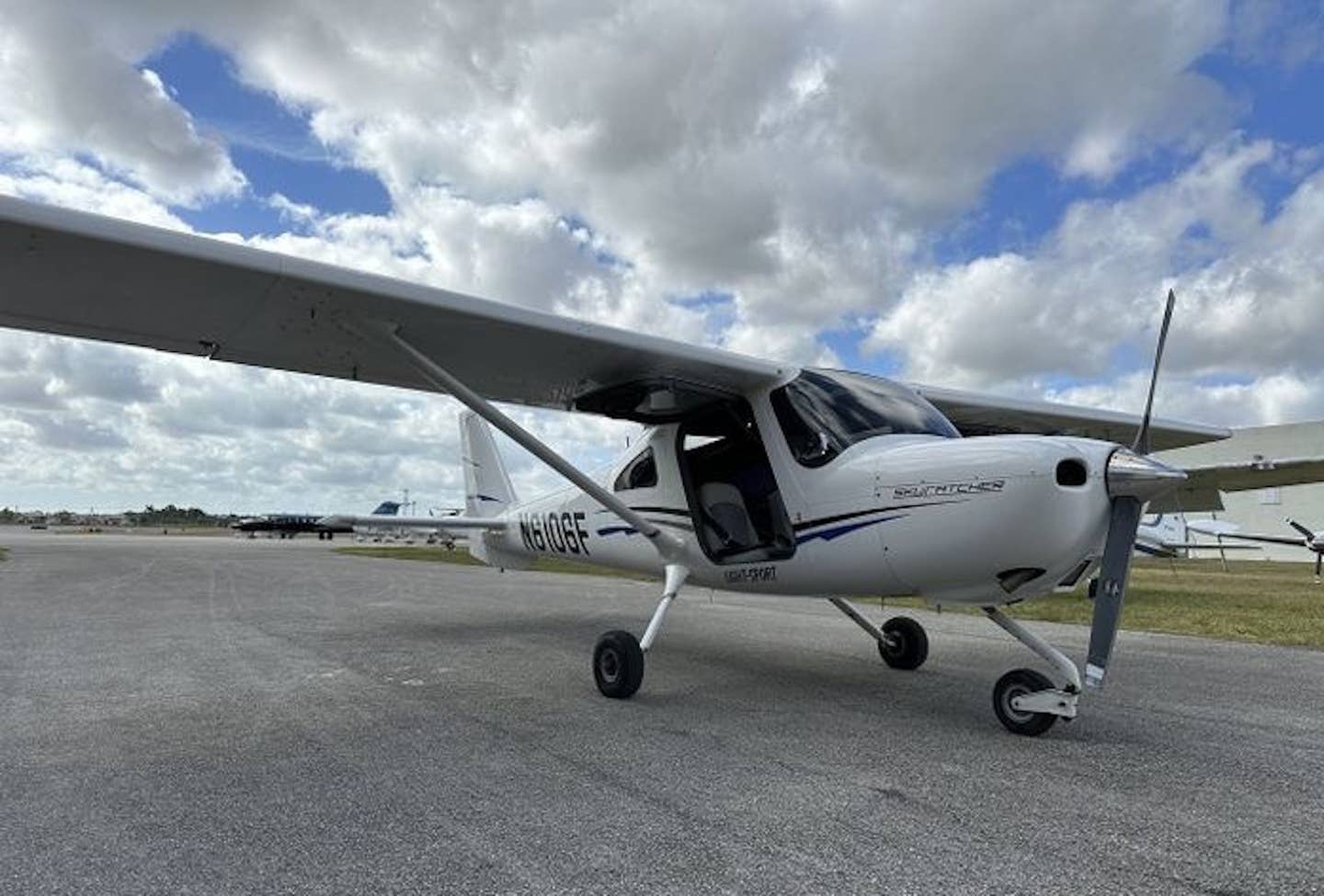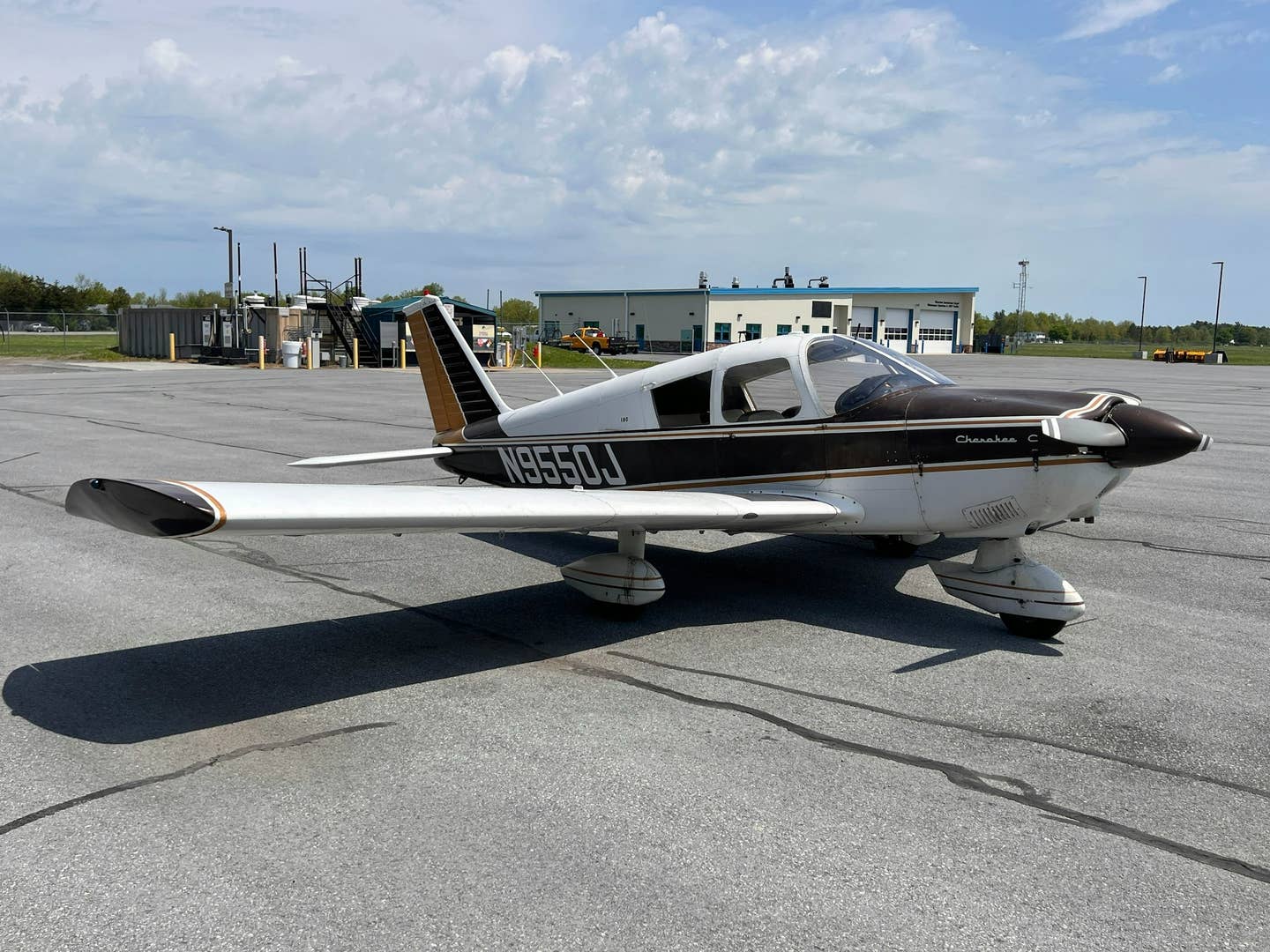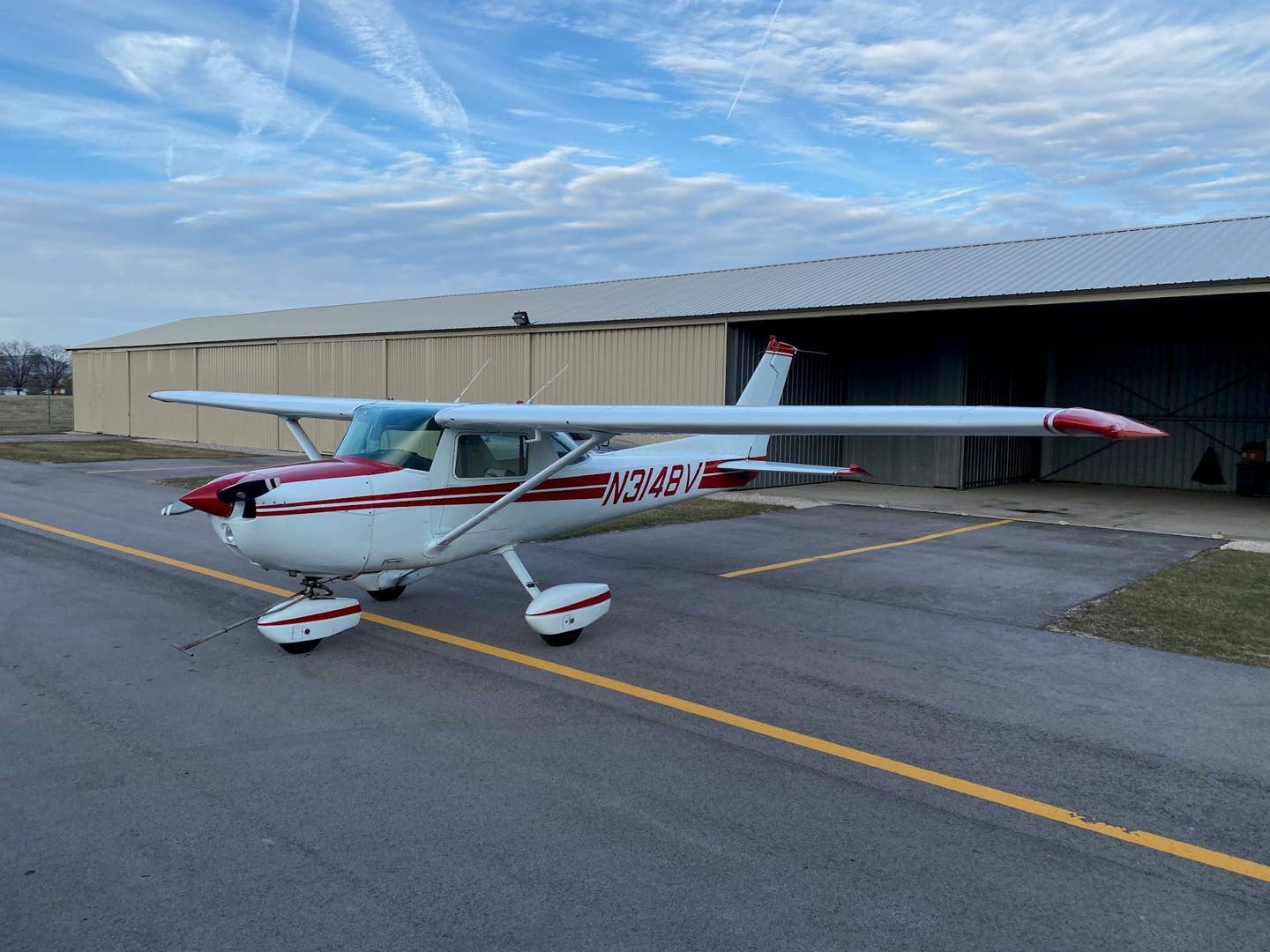FAA Says Don’t Mute TAWS Alerts
The FAA sent a notice to pilots warning them not to disable terrain avoidance and warning systems (TAWS) aural alerts as the tool can be a critical safety feature in…

[Illustration by Bryan Christie Design]
The FAA sent a notice to pilots warning them not to disable terrain avoidance and warning systems (TAWS) aural alerts as the tool can be a critical safety feature in avoiding controlled flight into terrain (CFIT) accidents.
The FAA’s warning came as part of an Information for Operators (InFO)—a notice designed to help operators meet certain administrative or regulatory requirements with a low sense of urgency or impact on safety.
“Alerts from TAWS can become a nuisance or a distraction to pilots when flying at altitudes below the alerting threshold of the system,” FAA said in the notice. “This may result in the pilot’s decision to inhibit the system. Inhibiting warning systems and ignoring warnings, combined with deteriorating weather conditions leading to loss of visual surface reference and situational awareness, has been found to be the cause of some CFIT accidents. In some situations, aircraft impacted terrain that might have been avoided had the TAWS alert feature been uninhibited.”
One such case in Alaska in 2015 involved a sightseeing Havilland DHC-3 Otter. The pilot and all eight passengers were killed when the aircraft crashed into mountainous terrain after encountering deteriorating weather conditions. In its report, the NTSB found that the TAWS “inhibit” toggle switch was disabled. In several other cases involving CFIT accidents, the TAWS system had also been turned off, as many pilots reported the alerts are a nuisance.
According to the FAA’s General Aviation Joint Steering Committee, which works to improve general aviation safety, there are roughly 40 CFIT accidents per year, of which half are fatal. Most of these occur during the approach or landing phases of flight, with VFR flight into IMC being the deadliest. Data also shows that more than 75 percent of CFIT accidents in a year occur during the day, while more than half are in visual conditions.
Since the 1970s, with the introduction of TAWS installations, there have been significant improvements in flight safety, especially involving CFIT accidents. TAWS was developed to provide a warning with enough time for the flight crew to take appropriate action to avoid possible terrain conflict.
“This InFO serves to inform operators about the risks associated with distraction and complacency brought about by routine use of the TAWS’ terrain inhibit feature. It is also intended to ensure operators understand the importance of having procedures and training for the use of the terrain inhibit aural warning switches associated with nuisance alerts,” noted the agency.
The FAA recommended that the directors of operations for charter providers, private flight department managers, and fractional ownership managers should “review their approved training programs to ensure procedures for the use of the terrain warning system inhibit switch is adequately addressed.”

Subscribe to Our Newsletter
Get the latest Plane & Pilot Magazine stories delivered directly to your inbox






